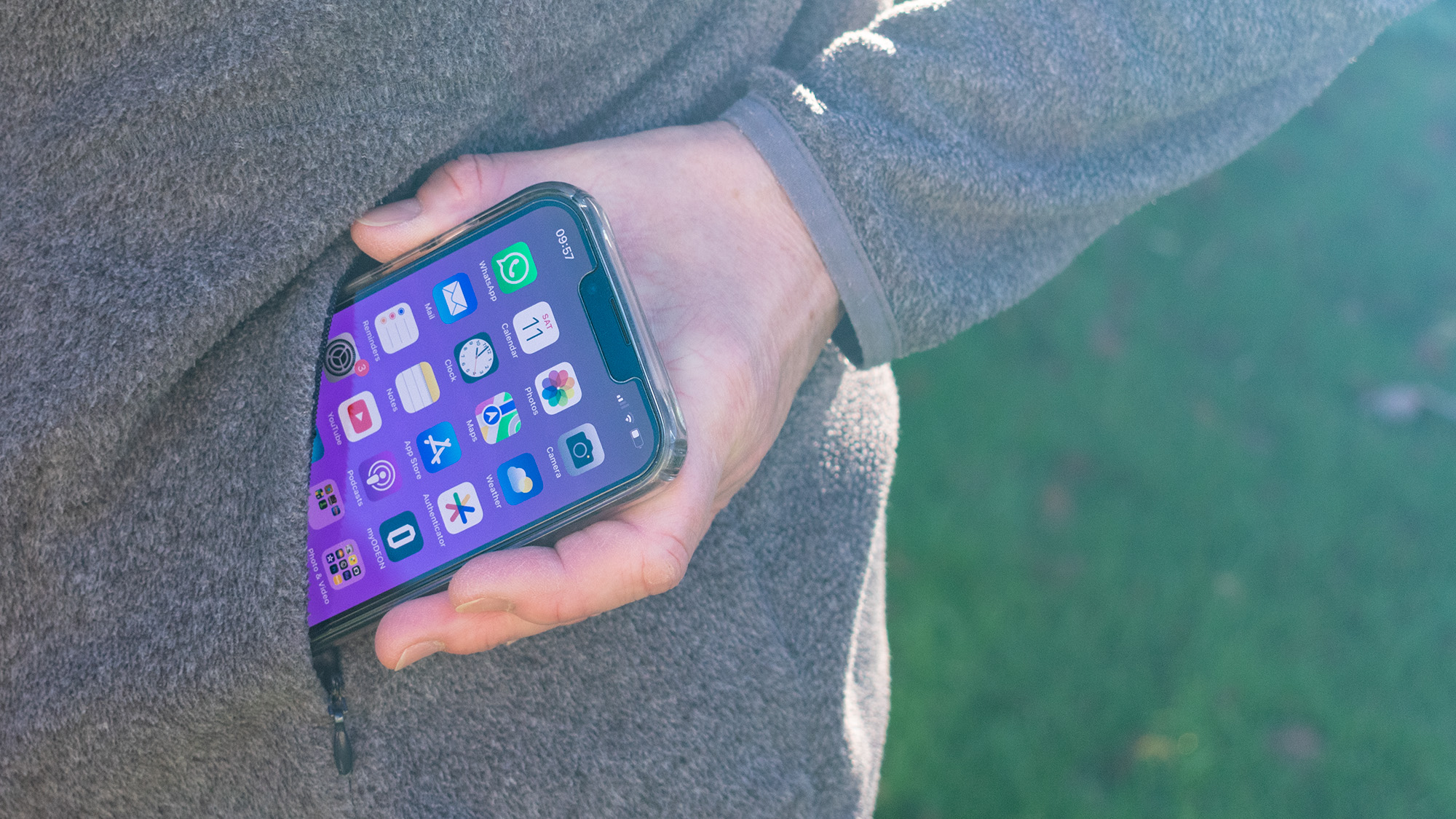Wonky iPhone screen protector? This Apple patent could help you install the next one perfectly
A new patent could be the answer to wonky screen protectors.

If you're someone who uses a screen protector you're no doubt very familiar with the stress that can be associated with trying to install one. Whether it's an iPhone 15 or something bigger like a 12.9-inch iPad Pro, installing a screen protector without any bubbles or alignment issues can be one of those things that should take a few minutes but can turn into a battle of wills we rarely win. And Apple knows it.
That's probably why it's been granted new design patents relating to "Tools for Installing Screen Protectors" which are all about getting that iPhone 15 or iPhone 15 Pro nice and protected. The patents were both granted in Europe and included a number of images showing the devices in question.
It's as yet unclear whether Apple intends to make this item available for the public to buy, but it's important to remember that not all Apple patents are created equal and they definitely don't all turn into products that can be bought at Apple Stores. That doesn't make these particular patents any less interesting, however.
Getting sticky with it
The main issue when trying to install a screen protector is the alignment, especially when trying to ensure that the Dynamic Island isn't covered on some screen protectors for Apple's best iPhones. These patents, spotted by Patently Apple, appear to go some way to ensuring that alignment is right the first time, every time.
Apple has been Granted a Series of Design Patents in Europe covering 'Tools for Installing Screen Protectors' and iPhone 15 https://t.co/gC5ylBgPPU pic.twitter.com/ZfLMFhSTxEMarch 18, 2024
One wrinkle here is the many Apple Stores dotted around the globe. Apple does offer a screen protector installation services at its stores so this collection of patents could relate to the hardware used in-store rather than anything that will be sold. That's another reason not to get the hopes up just yet.
However, those who do want to try and make sure that their screen protector is perfectly aligned might want to choose one that comes with an alignment tool in the box. They aren't as fancy as what Apple appears to have been working on, but by all accounts, they do actually work — and they can't be any worse than eyeballing it, can they? As anyone who has installed a screen protector only to find that it isn't quite right will attest, every little bit of help is appreciated.
Not everyone uses screen protectors but it's arguably becoming increasingly necessary. In Apple's quest to make iPhone displays harder to smash when they're dropped it's had to choose the lesser of two evils. Making displays more shatter-resistant means making them softer, and that can often mean making them easier to scratch as a result. Apple's Ceramic Shield goes some way to helping here, but anecdotal evidence suggests it isn't working as well as some would like.
iMore offers spot-on advice and guidance from our team of experts, with decades of Apple device experience to lean on. Learn more with iMore!
Both the iPhone 14 Pro Max and iPhone 15 Pro Max have seemed particularly scratchable in my experience as someone who has gone careless for years and never used a screen protector. Recent models have scratches so easily that I never know how it happened and it's gotten to the point where I'm starting to think that perhaps a screen protector is the way to go after all.
Now if only I could guarantee that I'd be able to install it straight.
More from iMore

Oliver Haslam has written about Apple and the wider technology business for more than a decade with bylines on How-To Geek, PC Mag, iDownloadBlog, and many more. He has also been published in print for Macworld, including cover stories. At iMore, Oliver is involved in daily news coverage and, not being short of opinions, has been known to 'explain' those thoughts in more detail, too.
Having grown up using PCs and spending far too much money on graphics card and flashy RAM, Oliver switched to the Mac with a G5 iMac and hasn't looked back. Since then he's seen the growth of the smartphone world, backed by iPhone, and new product categories come and go. Current expertise includes iOS, macOS, streaming services, and pretty much anything that has a battery or plugs into a wall. Oliver also covers mobile gaming for iMore, with Apple Arcade a particular focus. He's been gaming since the Atari 2600 days and still struggles to comprehend the fact he can play console quality titles on his pocket computer.
